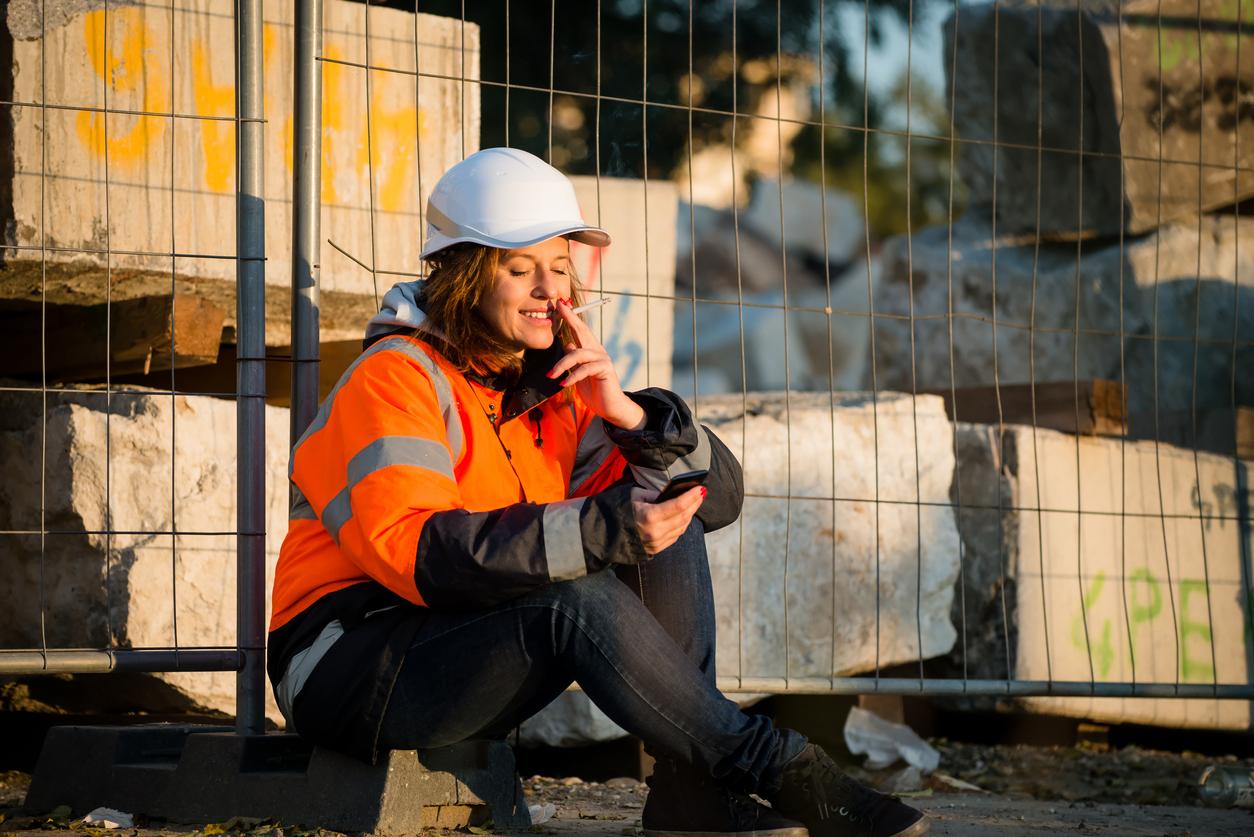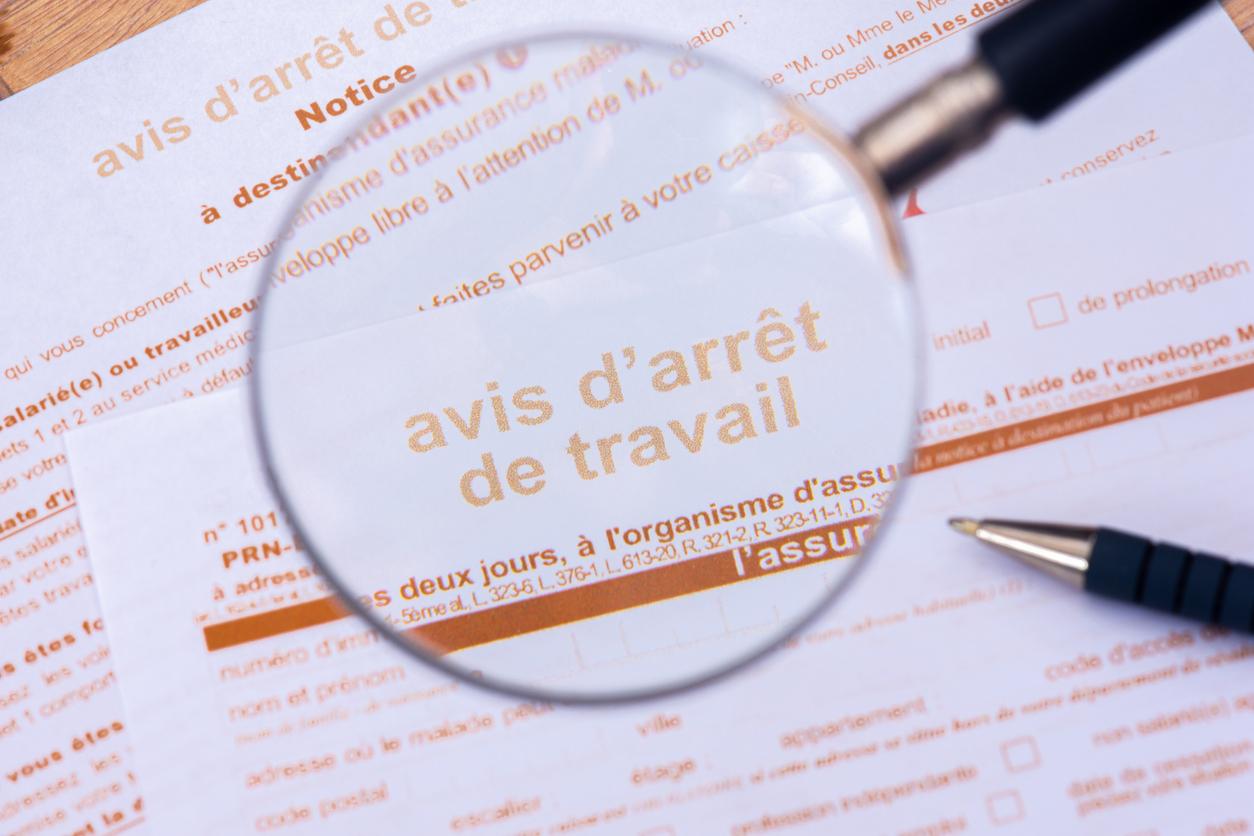The shoulder is made up of bones, connective tissues, tendons and muscles, which connect the arm to the trunk.
The shoulder is made up of bones, connective tissues, tendons and muscles, which connect the arm to the trunk. It shoulder joint contains three bones, the collarbone (clavicle), the shoulder blade (scapula), and the upper arm (humerus). The shoulder has two joints that work together to allow the arms to move.
The acromioclavicular joint (AC) is a sliding joint between the collarbone and the top of the shoulder (acromion). The acromion is the projection on the shoulder blade that forms the apex of the shoulder. The AC joint allows you to raise your arm above your head.
The shoulder joint (medical name: glenohumeral joint) is a ball-and-socket joint. The ‘bullet’ is the upper, rounded part of the upper arm and the ‘cavity’ is the cup-shaped part of the scapula, the glenoid, into which the ball fits. This joint allows the arm to make rotational movements and move to and from the body.
The labrum (lip) is the lip-shaped cartilaginous rim that protects the upper arm head and shoulder cavity (glenoid). This cartilage stabilizes the joint. The rotator cuff is a group of four muscles that pull the upper arm into the shoulder blade. The rotator cuff muscles stabilize the shoulder joint and aid in the rotational movements of the arm.
There are also two pocket-shaped spaces in the shoulder, the bursae (medical name: bursa). The bursa secretes a lubricating fluid that allows the moving parts of the joint to move with virtually no friction. All these structures together form one of the most flexible joints in the body.














